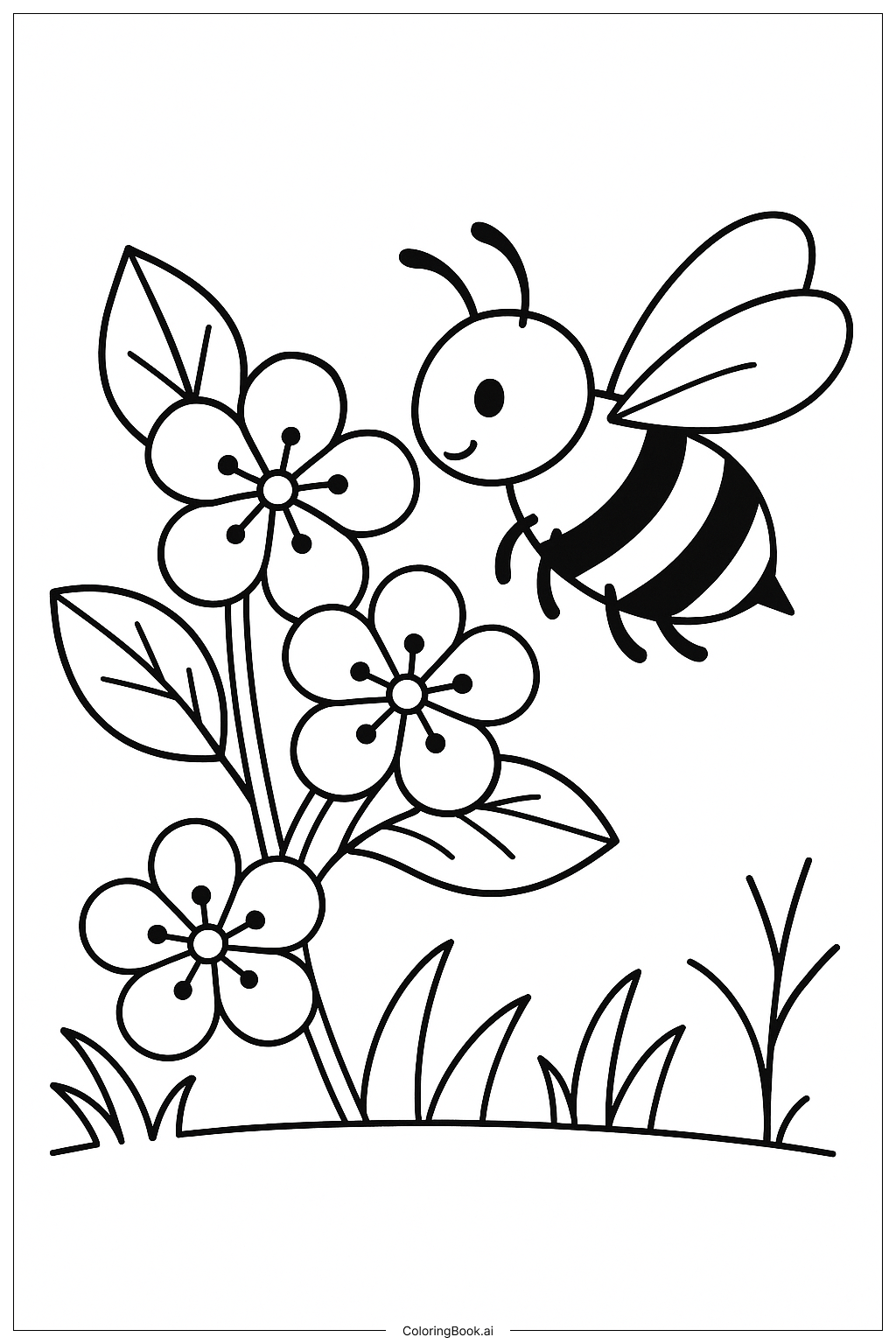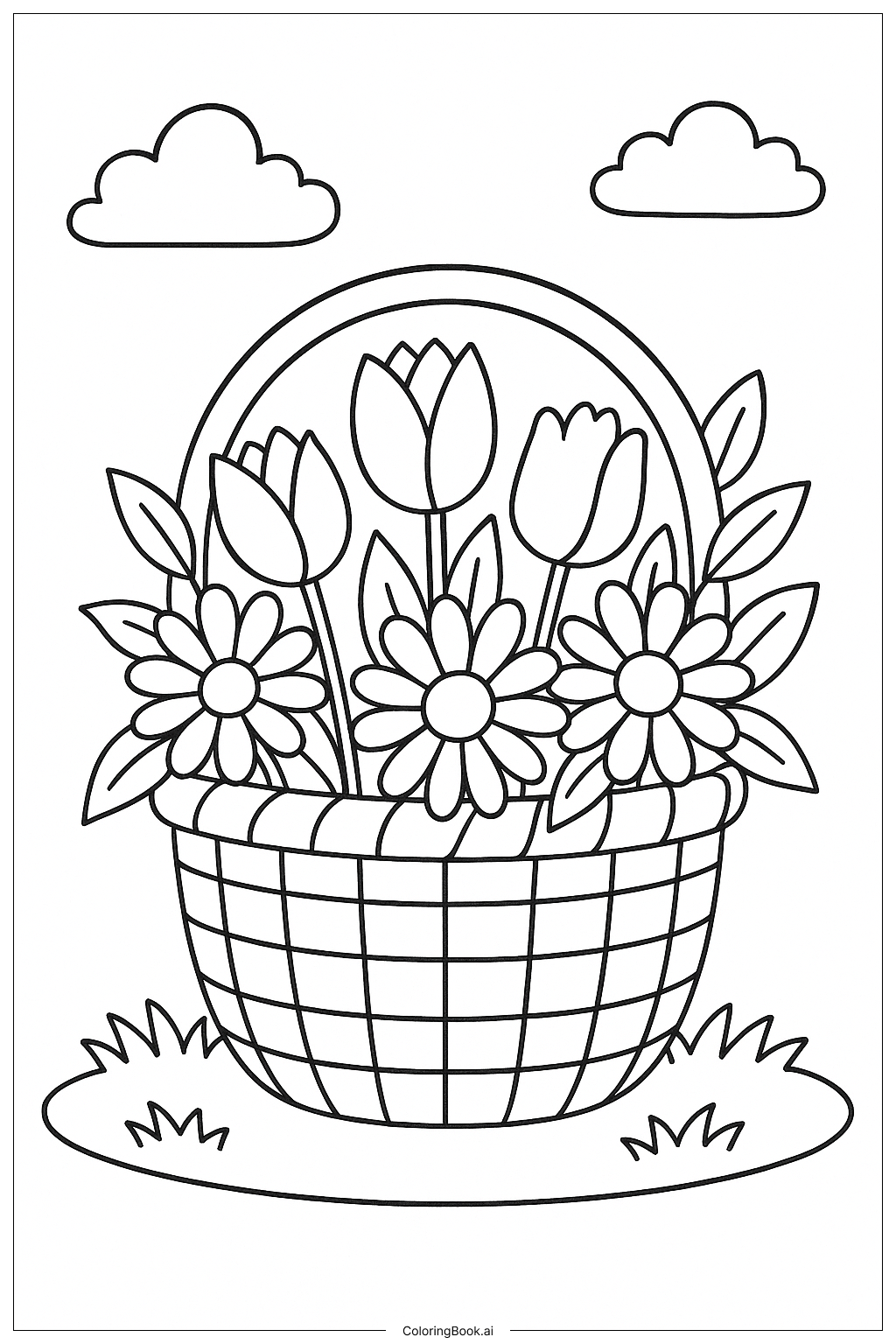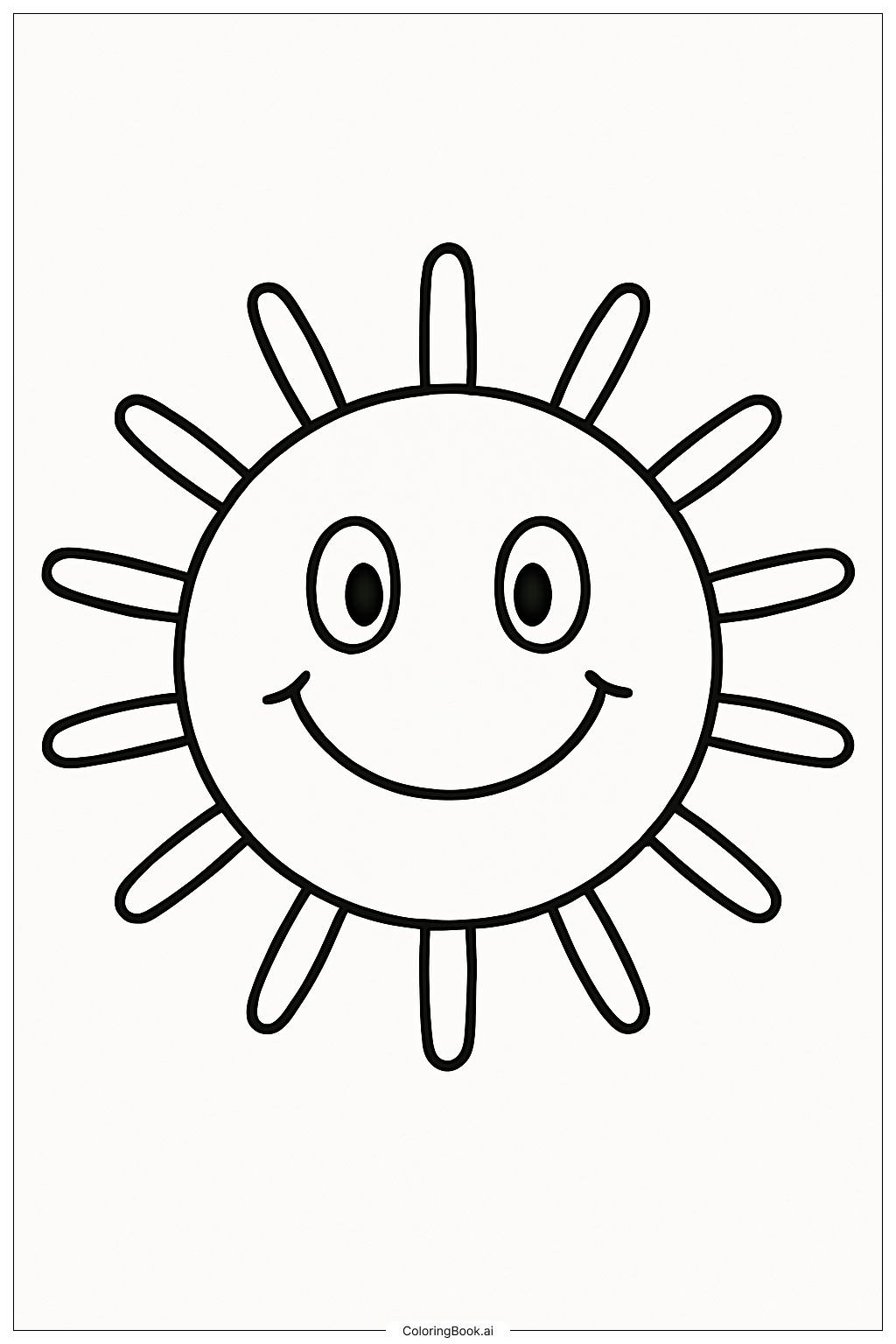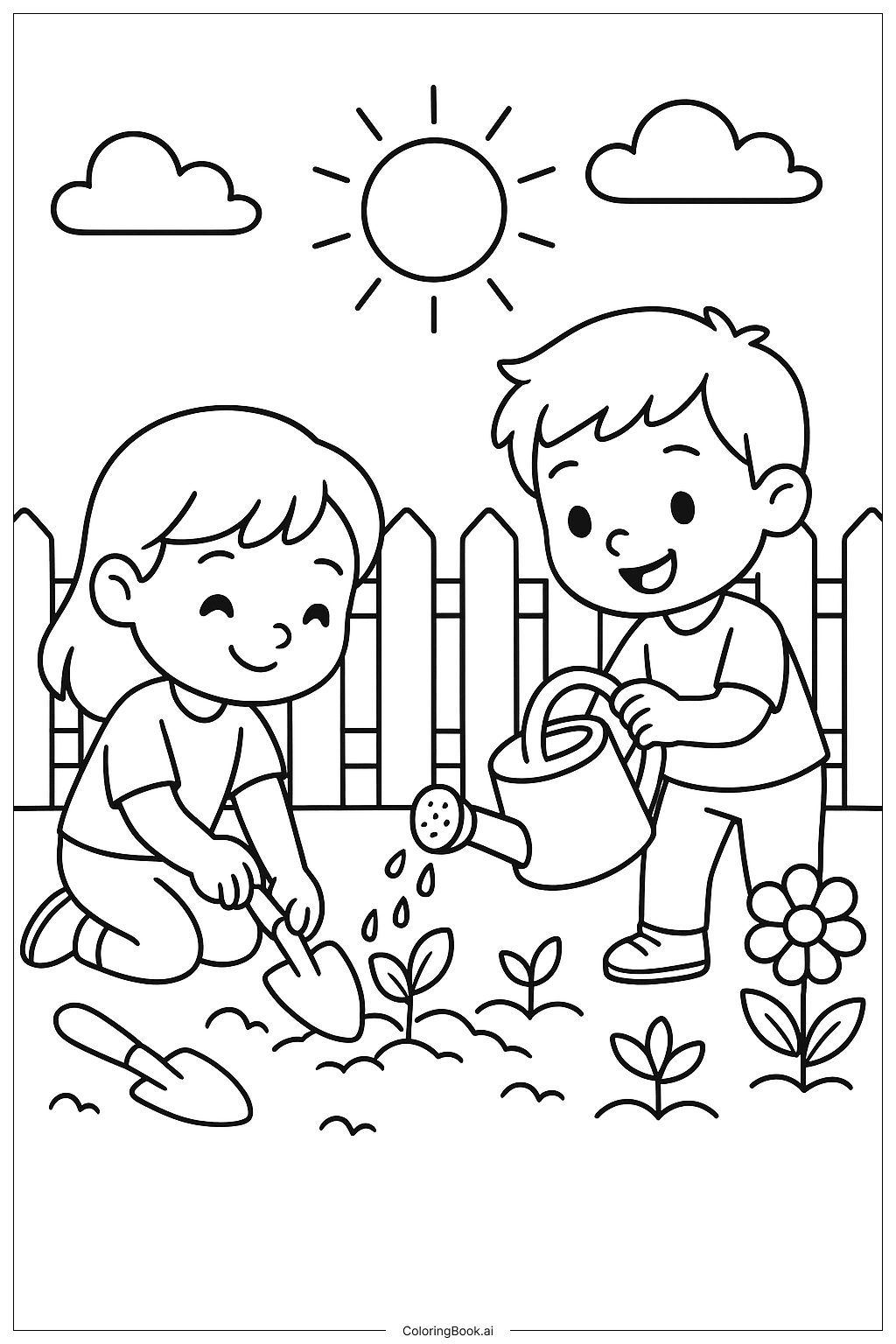Coloring tips: How to color A Bee Pollinating Spring Blossoms coloring page well?
Use bright colors to bring this spring scene to life. You can color the bee's body with yellow and black stripes. Make the wings light and soft. For the flowers, try using pink, purple, or red for the petals, and green for the leaves and grass. You can add some yellow or orange touches in the flower centers. Don’t forget to color the stems and grass with different shades of green. Feel free to use blue for the sky or add a sunny yellow background to make the picture cheerful. Mixing light and dark colors can give the image more depth and fun.
Coloring challenges: Which parts are difficult to color and need attention for A Bee Pollinating Spring Blossoms coloring page?
1. Small Details: The bee’s antennae and legs are thin and small, which might be tricky to color inside the lines. 2. Stripes on the Bee: Coloring the stripes cleanly without crossing over lines needs careful attention. 3. Flower Centers: The centers of the flowers have tiny dots that require precise coloring. 4. Thin Stems and Leaves: The stems and veins on the leaves are narrow and need careful coloring to stay neat. 5. Balancing Colors: Using many different colors for flowers and leaves while keeping the picture balanced can be a challenge for young kids.
Benefits of coloring books: Advantages of drawing A Bee Pollinating Spring Blossoms coloring page
Coloring this picture helps children improve their fine motor skills as they learn to stay within the lines, especially on small details like the bee’s antennae and flower centers. It encourages creativity by choosing different colors for flowers and the bee. This activity also teaches kids about nature and springtime, including how bees pollinate flowers. Focusing on coloring can improve concentration and patience. Finally, it gives children a sense of joy and achievement when they finish their colorful spring scene.




